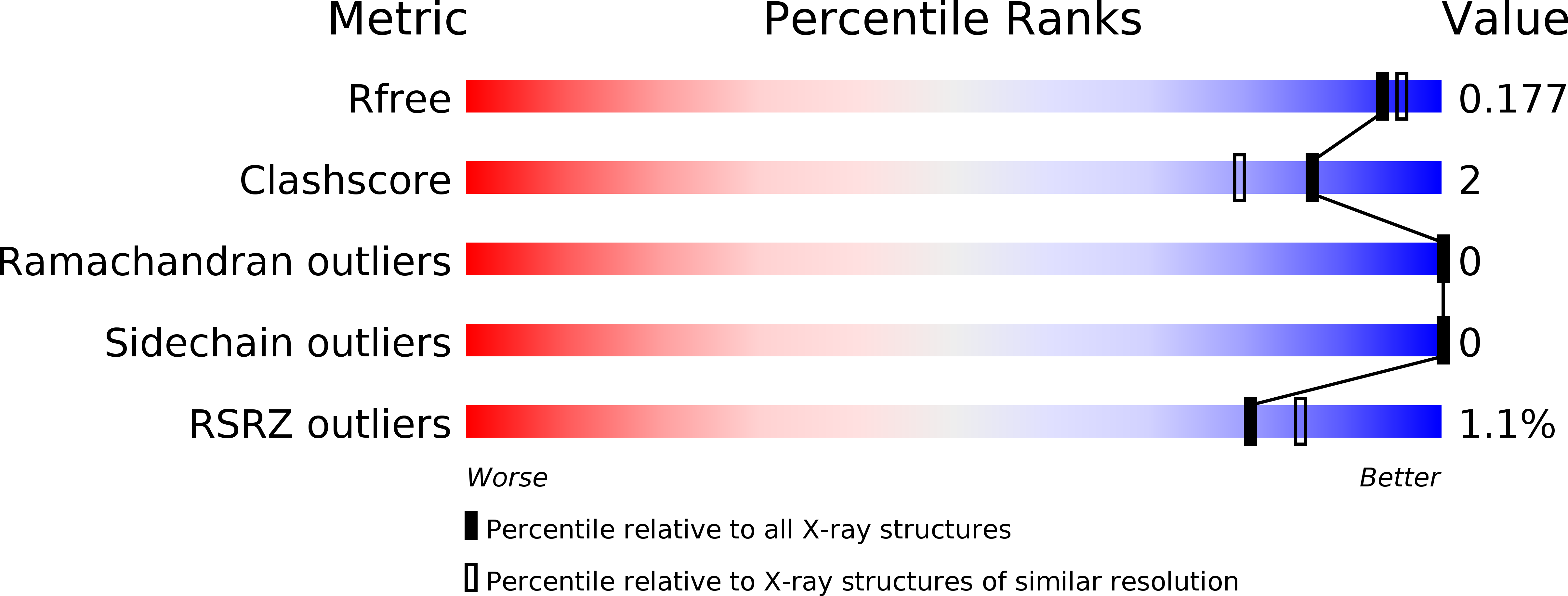
Deposition Date
2018-06-06
Release Date
2018-08-15
Last Version Date
2024-01-17
Entry Detail
Biological Source:
Source Organism:
Thermotoga maritima (Taxon ID: 243274)
Host Organism:
Method Details:
Experimental Method:
Resolution:
1.73 Å
R-Value Free:
0.16
R-Value Work:
0.12
R-Value Observed:
0.13
Space Group:
P 1 21 1


